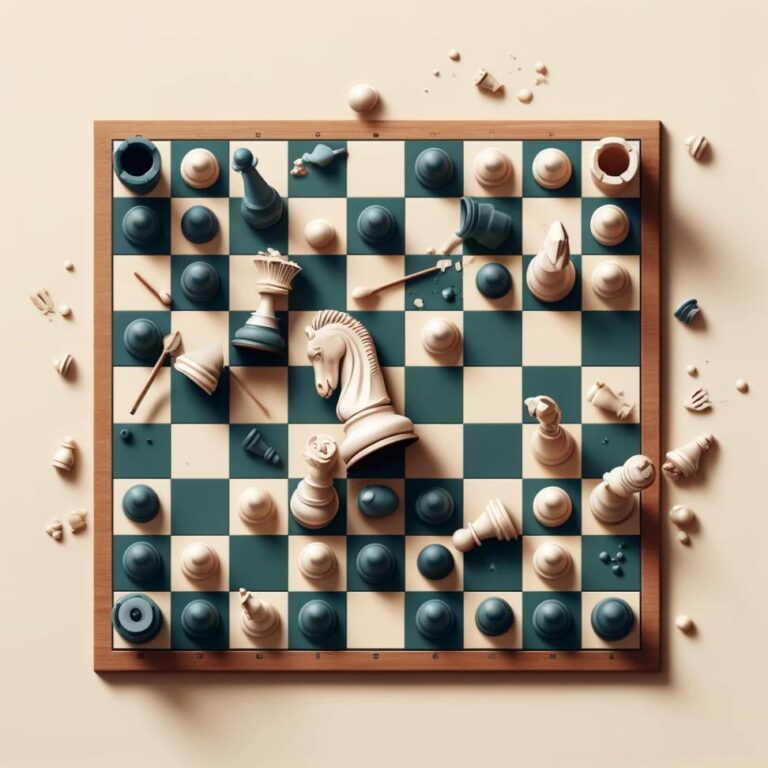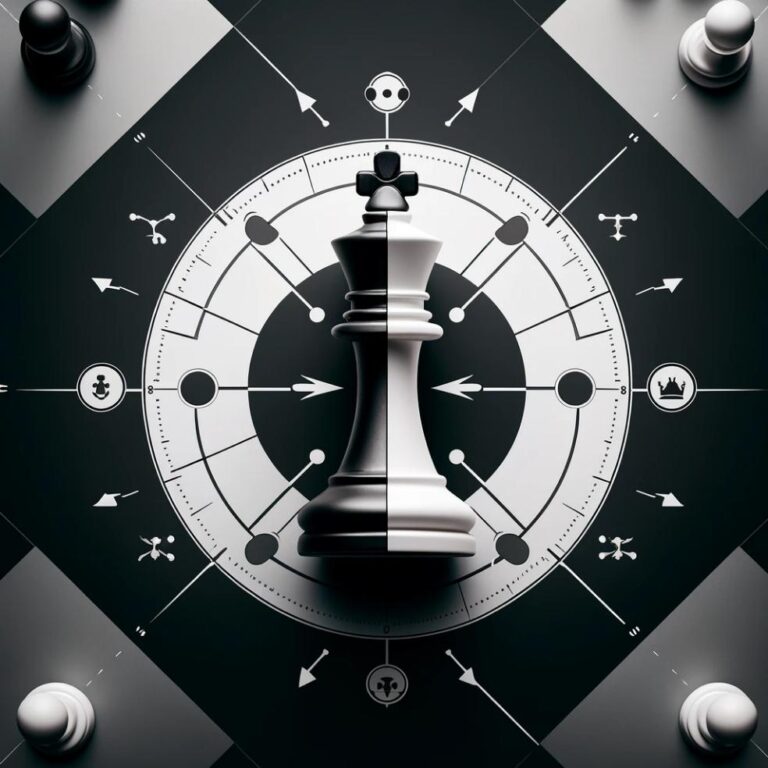In the realm of digital chess, where artificial intelligence meets centuries-old strategy, Stockfish stands as a colossus, its name synonymous with unparalleled strength and analytical depth. As players, from amateurs to seasoned grandmasters, seek the ultimate challenge, a question often arises: Is Stockfish the hardest chess bot? This article delves into the prowess of Stockfish, comparing its capabilities with other leading chess engines to determine if it indeed holds the title of the most formidable opponent on the digital chessboard.
The Evolution of Stockfish
Stockfish, an open-source engine, has been a pivotal figure in the evolution of computer chess, consistently topping engine rating lists and dominating computer chess tournaments worldwide. Its journey from a powerful chess engine to a neural network powerhouse, especially with the introduction of versions like Stockfish 16.1, showcases significant advancements in how chess engines evaluate positions and devise strategies.
Strength in Numbers: Stockfish’s Elo Rating
In the world of chess, both human and artificial, Elo ratings serve as a universal measure of strength. Stockfish’s rating, soaring above 3500 on various lists, outstrips the highest-rated human players by a significant margin. This gap underscores not just Stockfish’s computational superiority but also its role in pushing the boundaries of chess theory and practice.
Comparing Titans: Stockfish vs. Other Chess Engines
To understand Stockfish’s standing among its peers, it’s essential to consider its performance against other top-tier engines. Notable contenders include:
- Leela Chess Zero (LCZero): A neural network-based engine that learns from playing against itself, LCZero has offered stiff competition to Stockfish in numerous encounters. Their battles, particularly in the Chess.com Computer Chess Championship, highlight Stockfish’s adaptability and strategic depth, often leading to closely fought matches with Stockfish frequently emerging victorious.
- Komodo: Known for its unique approach to chess analysis, focusing on positional understanding over brute force calculation, Komodo has been a formidable opponent. However, Stockfish’s continuous updates and improvements in evaluation have maintained its edge over Komodo in direct matchups.
- Houdini: Once considered the pinnacle of chess engine design, Houdini has played many nail-biting games against Stockfish. While Houdini excels in tactical positions, Stockfish’s comprehensive style and recent enhancements, particularly in neural network integration, have solidified its superiority.
Stockfish’s Secret: Beyond Raw Calculation
What sets Stockfish apart is not merely its ability to calculate millions of positions per second but its evolving understanding of chess. The transition to a neural network-based evaluation system and the implementation of dual NNUE (efficiently updatable neural networks) have revolutionized its play, making it not just harder but more “human-like” in its strategy formulation. This evolution from pure calculation to nuanced evaluation mirrors advancements in artificial intelligence, with Stockfish at the forefront.
The Ultimate Test: Stockfish in Human Hands
Perhaps the most telling evidence of Stockfish’s difficulty level is its performance when wielded by human players. In top-level competitions, grandmasters armed with Stockfish analysis have unearthed novelties and strategies that have reshaped competitive chess. The engine’s insights into openings, endgames, and positional play have become invaluable resources, highlighting its role as not just an opponent but also a teacher.
Conclusion: The Pinnacle of Chess Intelligence
Is Stockfish the hardest chess bot? The evidence suggests a resounding yes. Its unparalleled Elo rating, victories against other top engines, and contribution to human chess all point to its status as the most formidable digital adversary in the game today. Yet, Stockfish’s legacy is not just in its difficulty but in its contribution to the chess world, offering players at all levels a window into the infinite complexity of chess, driven by the relentless quest for perfection. As the engine continues to evolve, so too will the challenge it presents, ensuring that Stockfish remains the ultimate test for anyone daring to venture onto the 64 squares of the digital chessboard.







